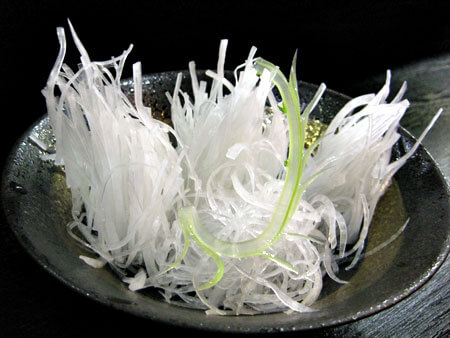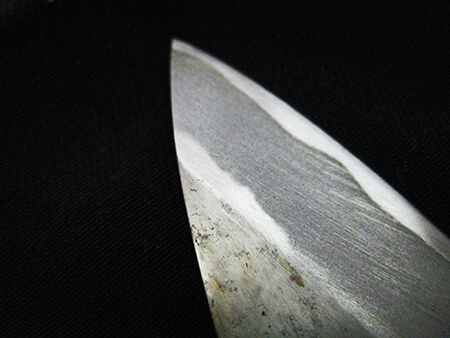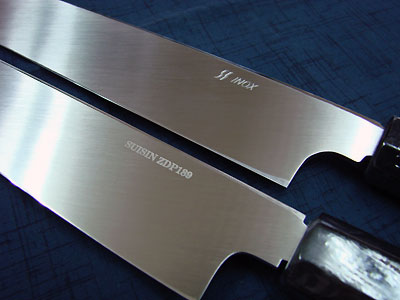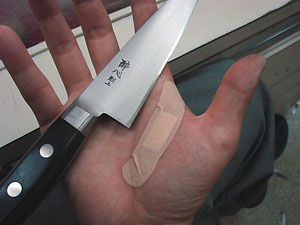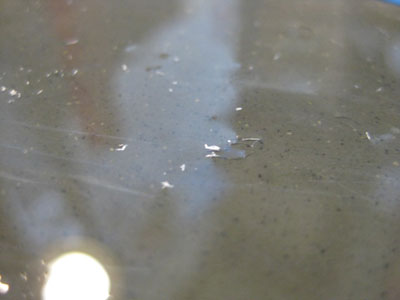Handling Convex Edges on Western Knives
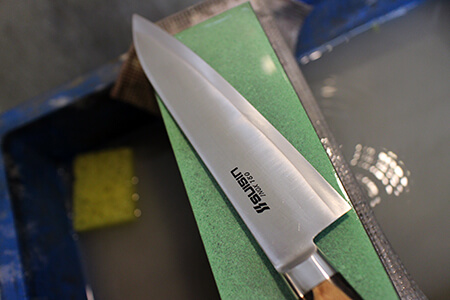
I think everyone struggles with removing the convex edge on double-bevel Western knives, and of course, I’ve had my fair share of challenges too. To get a clean removal, I’ve tried changing sharpening stones, adjusting angles, and so on. The harder and tougher the knife (the ones known for their long-lasting sharpness), the more stubborn the convex edge seems to be. Each type of steel seems to have its ‘ideal sharpening angle,’ and when you hit that sweet spot, the convex edge usually comes off. However, that angle tends to be rather obtuse, and I like to call it the ‘absolute angle.’
For new knives, as you sharpen them more, you may notice that they start to align better. I imagine this is because as the edge gets ground down and you get closer to the spine, the added thickness creates a balance. But when this happens, the knife’s cutting ability decreases, especially with root vegetables, and you get the sensation that you can’t cut through them properly, even though the edge is still sharp.
Sharpening at the ‘absolute angle’ may remove the convex edge, but it also shows the limits of the knife’s potential. So, I’ve been experimenting—changing stones, techniques, stropping on newspaper, leather strops—trying different methods to push beyond these limits. And I think I may have found a simpler way to remove the convex edge.
However, I’ve only tested it on VG10 and 10A steel, so I still need to do more research. For now, the edge is sharp and crisp. While this method might not be necessary for Western knives, I’m curious to see how it performs in practice.
That being said, even though I’ve written all this, the method itself is still a secret (LOL). But I just couldn’t help writing about it because it’s been a while since I’ve made such an exciting discovery!
- 2013-07-02
